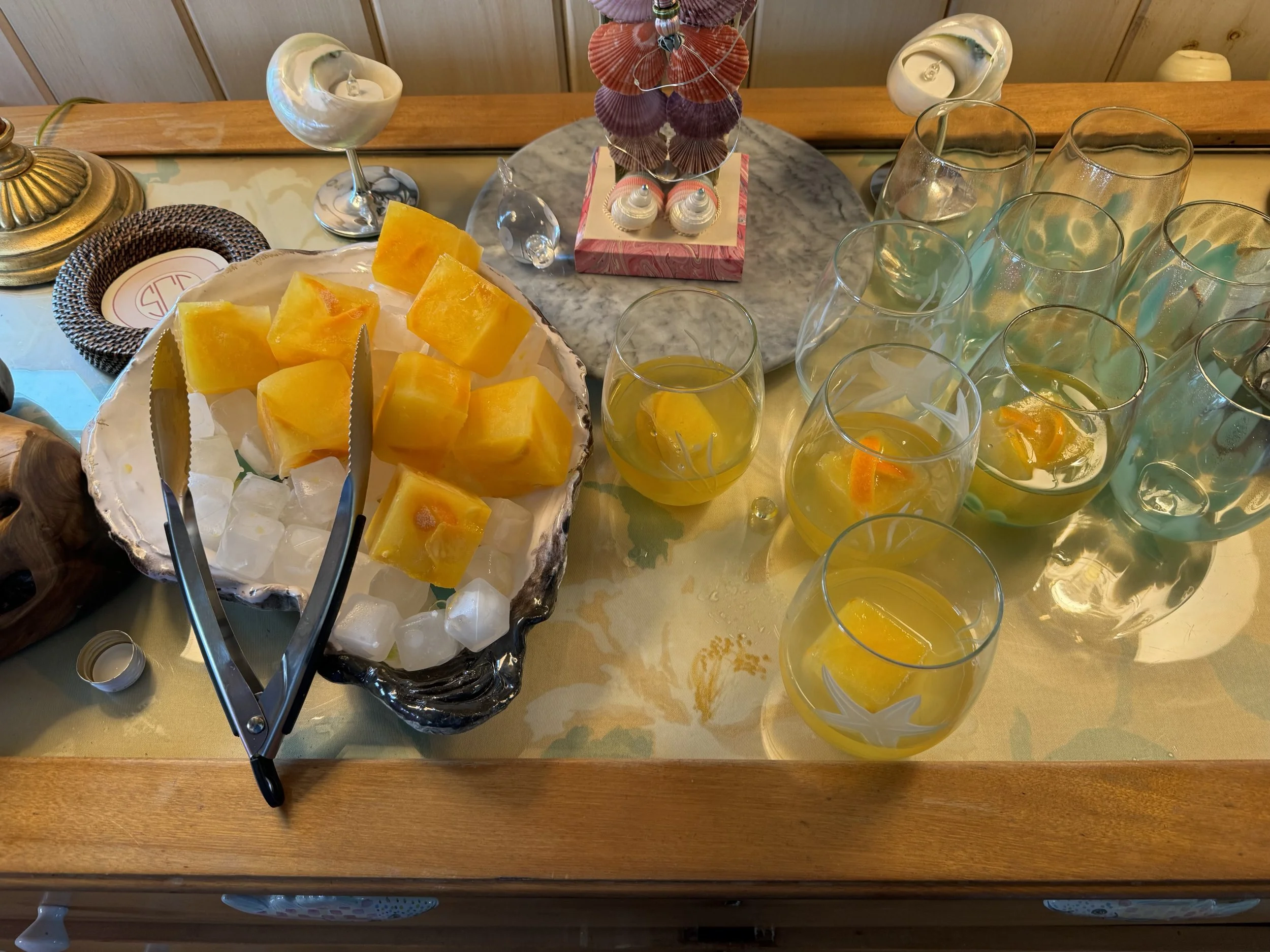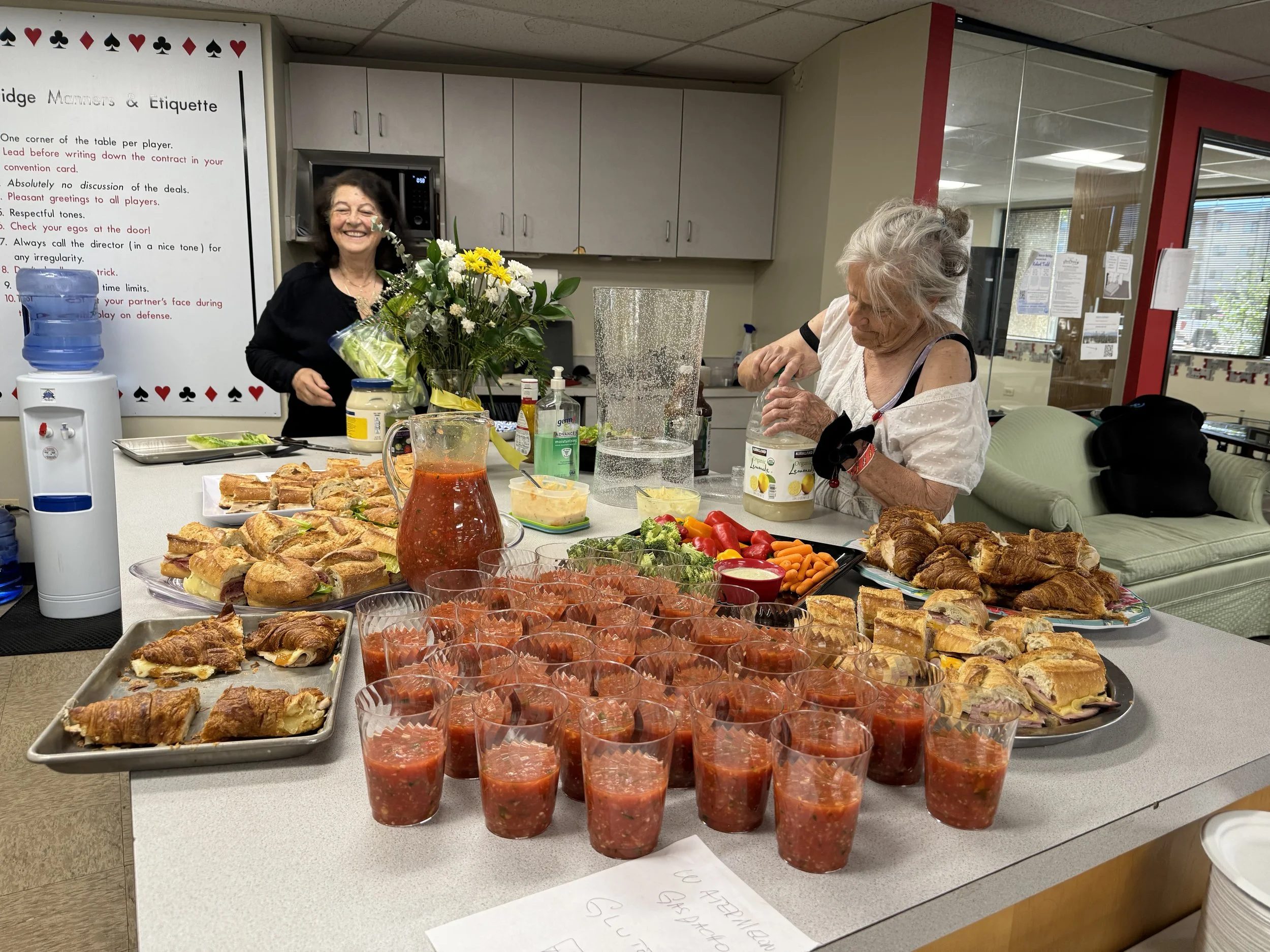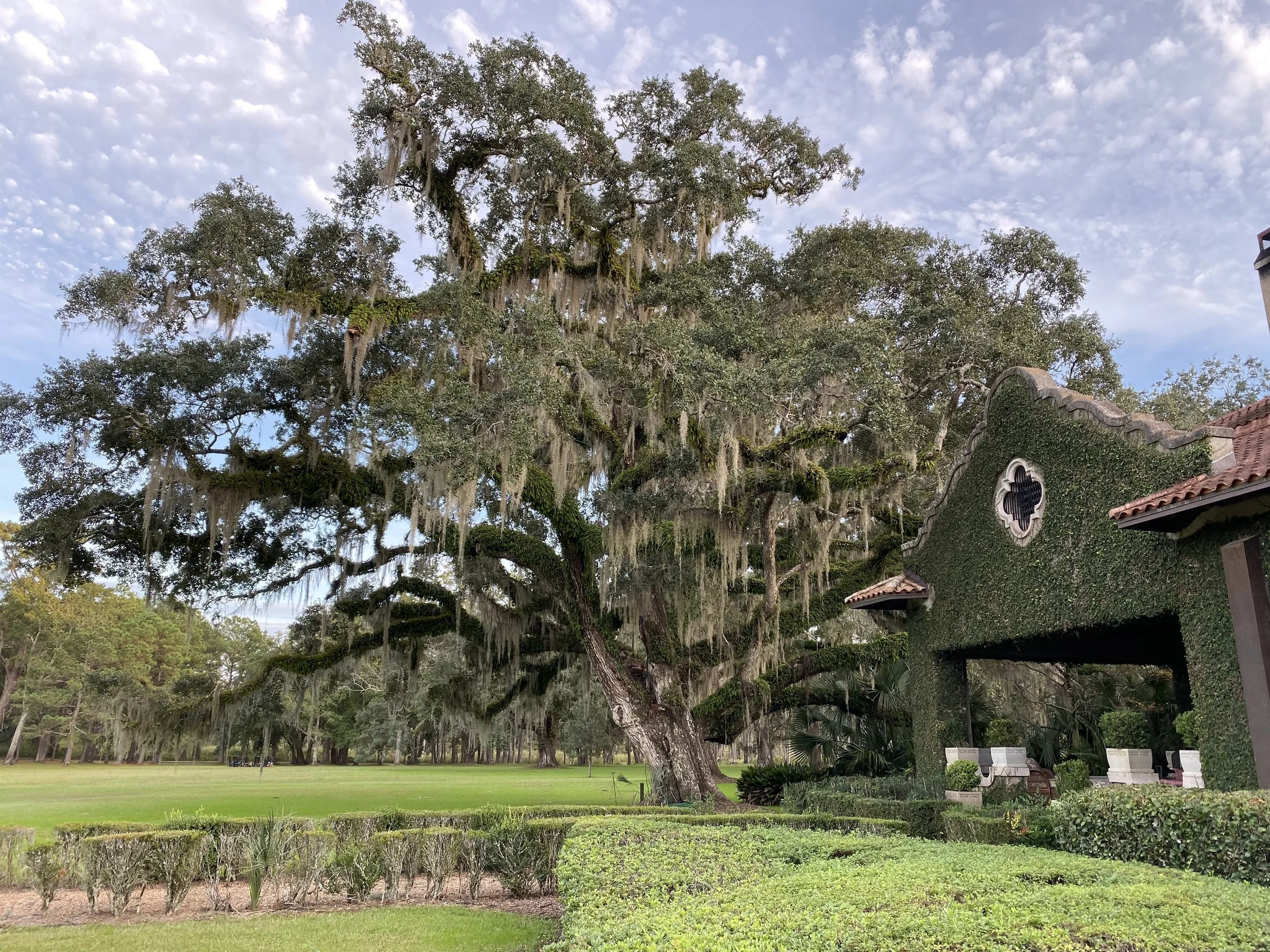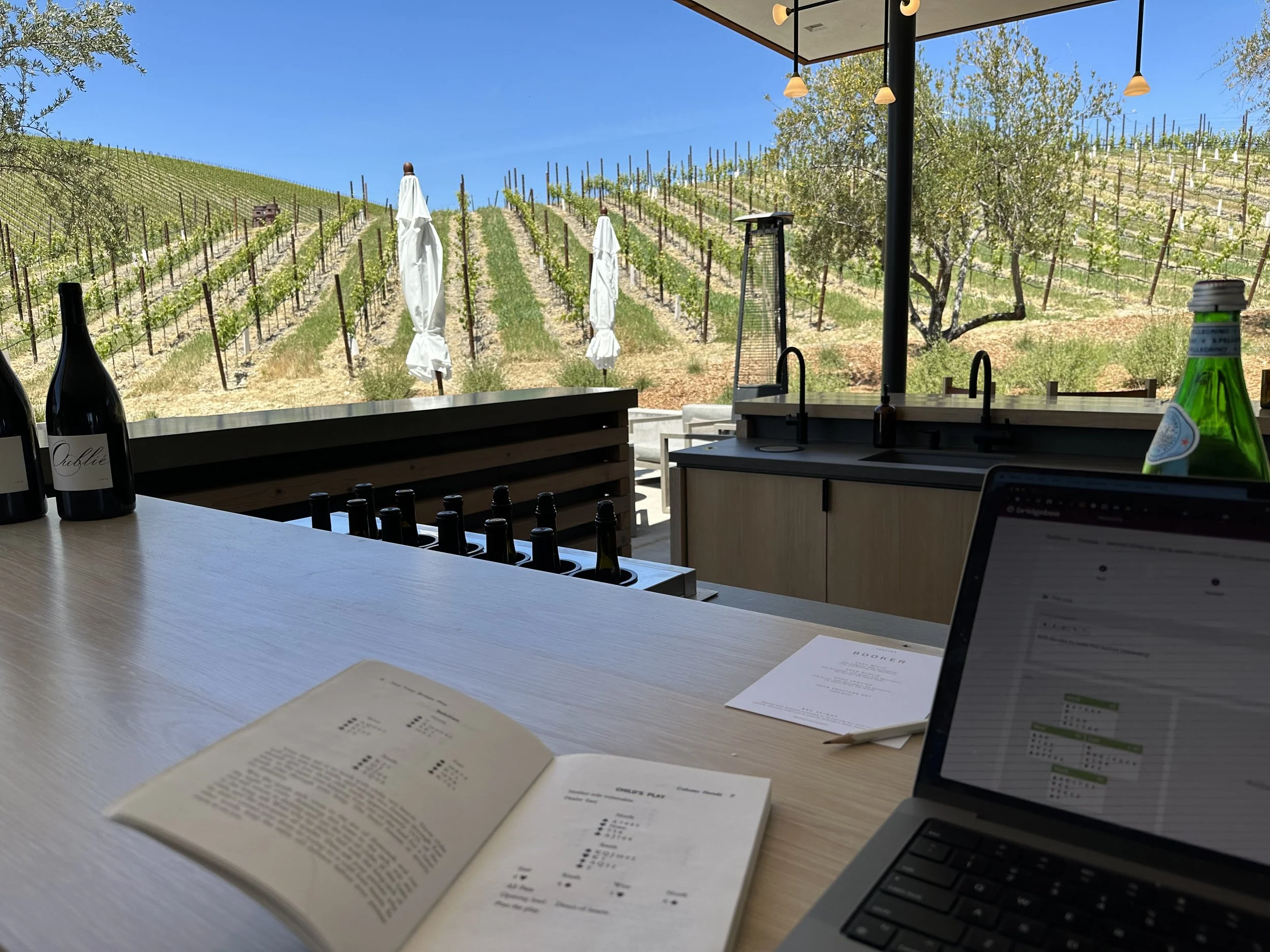When the auction begins 1m – 1NT (both bids by the opponents), it is rare that we want to compete in a minor suit. Usually in these auctions the opponents have the minors, since Responder has denied a 4-card Major. (Even if we have a 5+card minor suit, it could still be best to pass and defend 1NT.) In these auctions, it is effective to play a system geared towards the Major suits where we are most likely to have a fit. Spear is an artificial system that uses all the bids at the 2-level to show different Major suit hands. This gives us more options for how to compete in the bidding. Let’s see how it works.
(556) Competitive Auctions: Anti-Lead Directing Doubles
Lead-directing doubles can be helpful in getting partner off to a good opening lead. These lead-directing doubles are common when the opponents make an artificial bid. When the opponents make a cuebid of our suit, a lead-directing double is also very common. Here we focus on this situation in detail to structure our agreements to allow us to communicate in the most effective way we can.
(554) Competitive Auctions: Good/Bad 2NT in Competition
(549) NT Bidding: Slam Tries After Stayman
One of the most common gadgets that we use when partner opens 1NT is Stayman. We primarily use Stayman to search for a 4-4 Major suit fit. After Stayman, sometimes we want to have a way to raise partner’s suit where they cannot pass. We will want a “Forcing Raise” (similar to Jacoby 2NT or Inverted Minors) in order to find out more about Opener’s hand. This is missing from a standard bidding system. It is a valuable tool for making a slam try while keeping the auction from getting too high.
(548) NT Bidding: Modern, Transfer, and Modern Transfer Lebensohl
Lebensohl is an excellent system for dealing with interference over our 1NT opening bids, but it has some flaws. In Lebensohl auctions, we will sometimes play the hand from the “wrong” side (Responder’s side), and Responder often has three strengths (buckets) to describe. Let’s see how Transfer Lebensohl is an upgrade to help solve these problems.
(547) NT Bidding: Responding after a Penalty Double of a 1NT Opening
When we open the bidding with 1NT, showing 15-17 points, if an opponent makes a penalty double, we are less likely to be looking to invite or bid game. We are usually looking to escape from a 1NT contract and attempt to find some safer place to play. This safe place will hopefully be our largest fit or a long suit in the weak hand (in Responder’s hand). In order to find this place to play we need to look at how Responder’s bidding options change after a penalty double.
(544) NT Bidding: Transfer Landy+ vs. Weak 1NT Openings
When the opponents open the bidding with a weak 1NT we need a good method for dealing with their unusual opening bid. The most common range for a weak NT is 12-14 points, but we define 1NT to be weak if the range does not contain 16 points. When constructing a system to allow us to bid over these weak 1NT openings we need to take a different approach than bidding over a strong 1NT opening. We frequently may have a powerful enough hand to be interested in exploring game when the opponents open a weak 1NT. Thus, we construct our bidding system to allow us to explore game and make constructive bids, not just be destructive.
(543) NT Bidding: Penalty Double Systems vs. NT Openings
When the opponents are playing a Weak 1NT opening bid (for example, 12-14 points), we need to bid only when we have a decently valued hand. We tend to bid with hands that would normally have overcalled at the 2-level, hands with about opening values. Here we are primarily bidding constructively because when the opponents open a Weak 1NT, our side may still have game. If we bid destructively (with only shape and without much strength) then if partner has values, they may push the auction too high. It is common to use a different bidding system against the opponents’ Weak 1NT opening bid than the one we use against a strong 1NT opening. These systems usually contain a penalty double that allows us to show a very good hand as well, and thus penalize the opponents when partner also has some values.
(542) NT Bidding: Woolsey
There are many artificial systems for competing over the opponent’s 1NT opening bid. Systems like DONT or Meckwell are built around finding a fit and competing in the bidding as efficiently as possible – allowing us to show all our suits at the 2-level. One downside of playing DONT or Meckwell is when we show a 2-suited hand (like a Major + minor) then we do not know which suit is longer (either one could be a 5-card or 4-card suit). This can lead to missing a Major suit fit. There is another system, called Woolsey (named after its creator Kit Woolsey, one of the top bidding theorists) that is focused on finding Major suit fits while allowing us to compete as cheaply as possible. Let’s see how this system works.
(540) Slam Bidding: Last Train Slam Try
One of the ways that we investigate slam in a suit contract is the use of control showing bids. When one member of the partnership is interested in slam then they show this interest by making a control showing bid. Based on our partnership agreement this control showing bid either shows a 1st round control or a 2nd round control in the suit bid. Once we start the process of making control showing bids then we continue to do so to explore slam. But as the auction approaches game we have a big decision to make: should we go past game or not? This can be a difficult decision; we should not go past game without a good reason, often some extra values. In this situation we would like to have a way to make “one more try for slam”. The way that we do that is with a convention called the Last Train to Clarksville (“Last Train”). Let’s see how this gadget works!
(538) Slam Bidding: Q-Minorwood
When we have a minor suit fit, keeping the auction below 5-minor while trying for slam is one of the advantages of Minorwood — using 4-minor as an Ace-asking tool. By making an improvement to our Ace-showing structure in Minorwood, we can combine both Keycard-asking and quantitative bidding into one structure. This new structure is called Q-Minorwood.
(537) Slam Bidding: Responding to 4NT Keycard with a Void
When partner bids 4NT as Keycard in our established fit, a void in a side suit can be useful. We may still be able to make a slam if we are missing two Aces/Keycards if the void is in a suit of one of those missing side Aces. We need a way to tell partner about this void if we haven’t already done so earlier in the auction.
(530) Fits and More: Over-Splinters
When partner opens the bidding with 1-Major and Responder makes a Splinter bid then this shows our fit, values, and shortness all in one call. This gives an excellent description of our hand and allows partner to re-evaluate their hand based on their working values. In a sophisticated partnership we may choose to have multiple types of splinters, allowing us to communicate even more information to partner. Here we look at the use of Over-Splinters and see how we can use them to give partner additional information about our hand, allowing them to better judge if slam is likely to be a good contract.






















